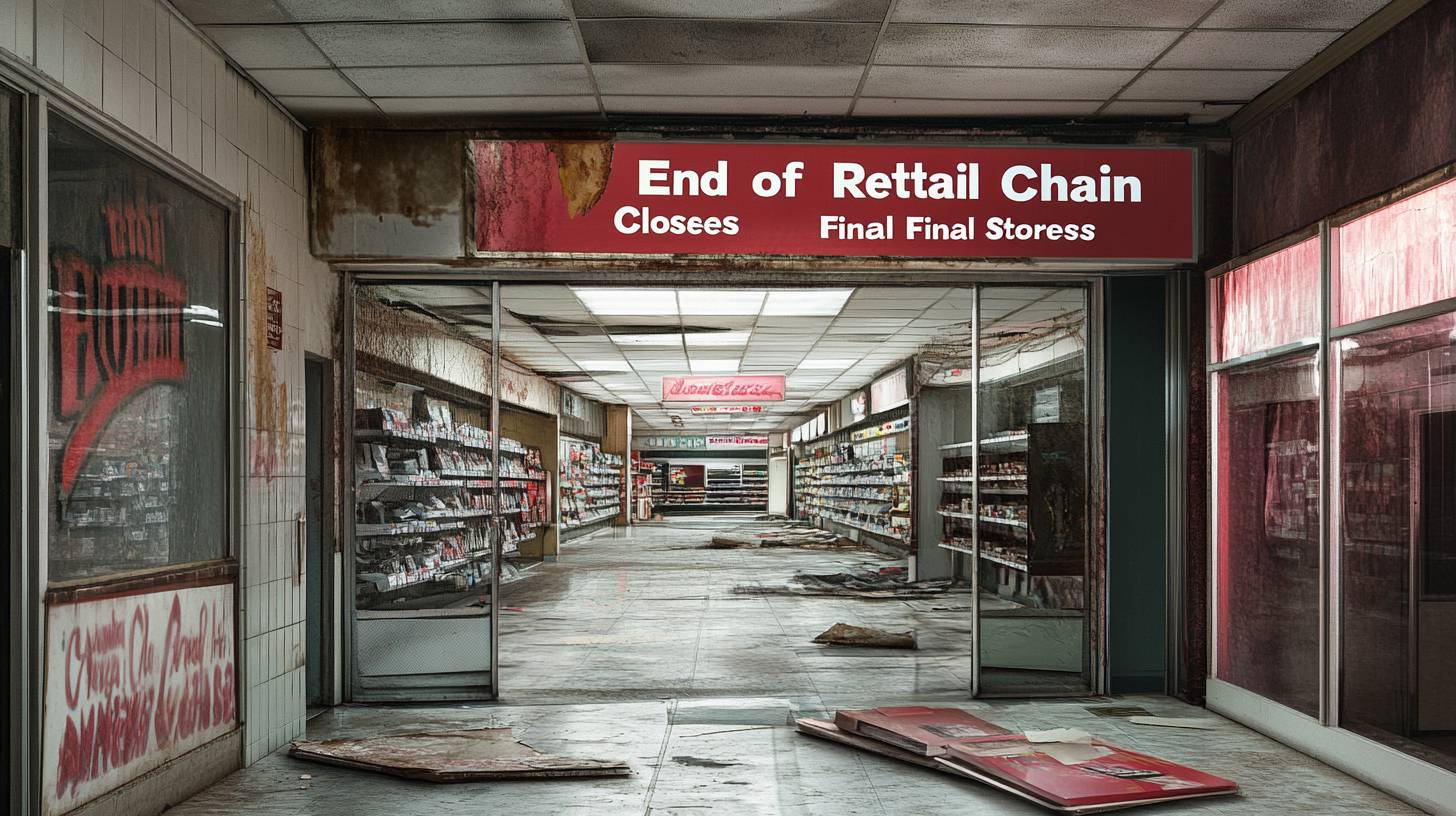
Significant Retail Shutdowns in 2024
The retail sector in 2024 has seen substantial shutdowns, with numerous key players reducing their physical footprint. Rite Aid, the prominent US drugstore chain, declared bankruptcy on October 15, 2023, and upon its return from bankruptcy in September 2024, had closed over 800 stores. This action was part of an extensive restructuring initiative aimed at securing the business’s stability. Rite Aid’s rival, Walgreens Boots Alliance, which runs 8,000 stores worldwide, revealed on October 15, 2024, plans to shut down 1,200 underperforming locations within the next three years. Among these, 500 closures are set for fiscal year 2025, as the company concentrates on its 6,000 profitable outlets.
CVS, another prominent participant in the pharmacy arena, is also advancing its store closure plan. The company had previously disclosed in 2021 intentions to shut down 900 stores over a three-year period, with 300 closures predicted annually. In 2024, CVS is anticipated to finalize the remaining 300 closures as part of this strategy, shrinking its footprint from nearly 9,900 locations.
In the home goods arena, Big Lots, the fourth-largest home goods retailer in the US, filed for Chapter 11 bankruptcy on September 9, 2024. The firm has already identified 553 of its 1,392 sites for closure, with additional closures likely in the forthcoming weeks. Big Lots, which reported .7 billion in revenue for 2023, is experiencing significant downsizing as it navigates through bankruptcy proceedings.
These closings illustrate overarching trends in the retail industry, where firms are increasingly prioritizing profitability and streamlining their operations in response to shifting consumer behaviors and economic challenges. The departure from brick-and-mortar establishments is becoming increasingly evident, as retailers adjust to the rising prevalence of e-commerce and the necessity of optimizing their physical spaces.
BuyBuy Baby’s Shift to a Digital-Centric Model
BuyBuy Baby, once a renowned name in the baby products retail domain, has become the latest to transition away from conventional brick-and-mortar stores. After being bought by Dream On Me during the Bed Bath & Beyond bankruptcy auction in July 2023, the company initially resumed operations at 11 locations, but by October 2024, it announced a total switch to a digital-centric approach. This choice highlights the growing trend among retailers to pivot towards e-commerce as consumer preferences change.
Dream On Me’s decision to close all BuyBuy Baby stores by the conclusion of 2024 reflects a widespread industry movement towards online shopping, fueled by shifting consumer habits and the rising costs involved in maintaining physical outlets. The company indicated customer feedback as a crucial reason for its choice, noting a decline in demand for in-store shopping in favor of the convenience and accessibility provided by online platforms. This change is expected to empower BuyBuy Baby to optimize its operations and improve its digital presence, delivering a more personalized and efficient shopping experience for its clientele.
For retailers in Australia, this transition serves as a warning. As e-commerce continues to expand, businesses must adapt to the evolving market or face the risk of obsolescence. The Australian retail sector has already experienced a surge in online shopping, especially following the COVID-19 pandemic, and companies that neglect to enhance their digital capabilities may find it difficult to compete. BuyBuy Baby’s choice to emphasize its online platform underlines the critical need for agility in the retail field, as well as the necessity for businesses to remain responsive to customer preferences.
While the closing of BuyBuy Baby’s physical locations signals the conclusion of an era for the brand, its shift to a digital-centric model could offer a framework for other retailers aiming to tackle the challenges of the contemporary retail landscape. By focusing on e-commerce, BuyBuy Baby seeks to maintain competitiveness in a swiftly transforming market, providing customers with the convenience of online shopping while minimizing the overhead costs linked to sustaining a physical presence.

